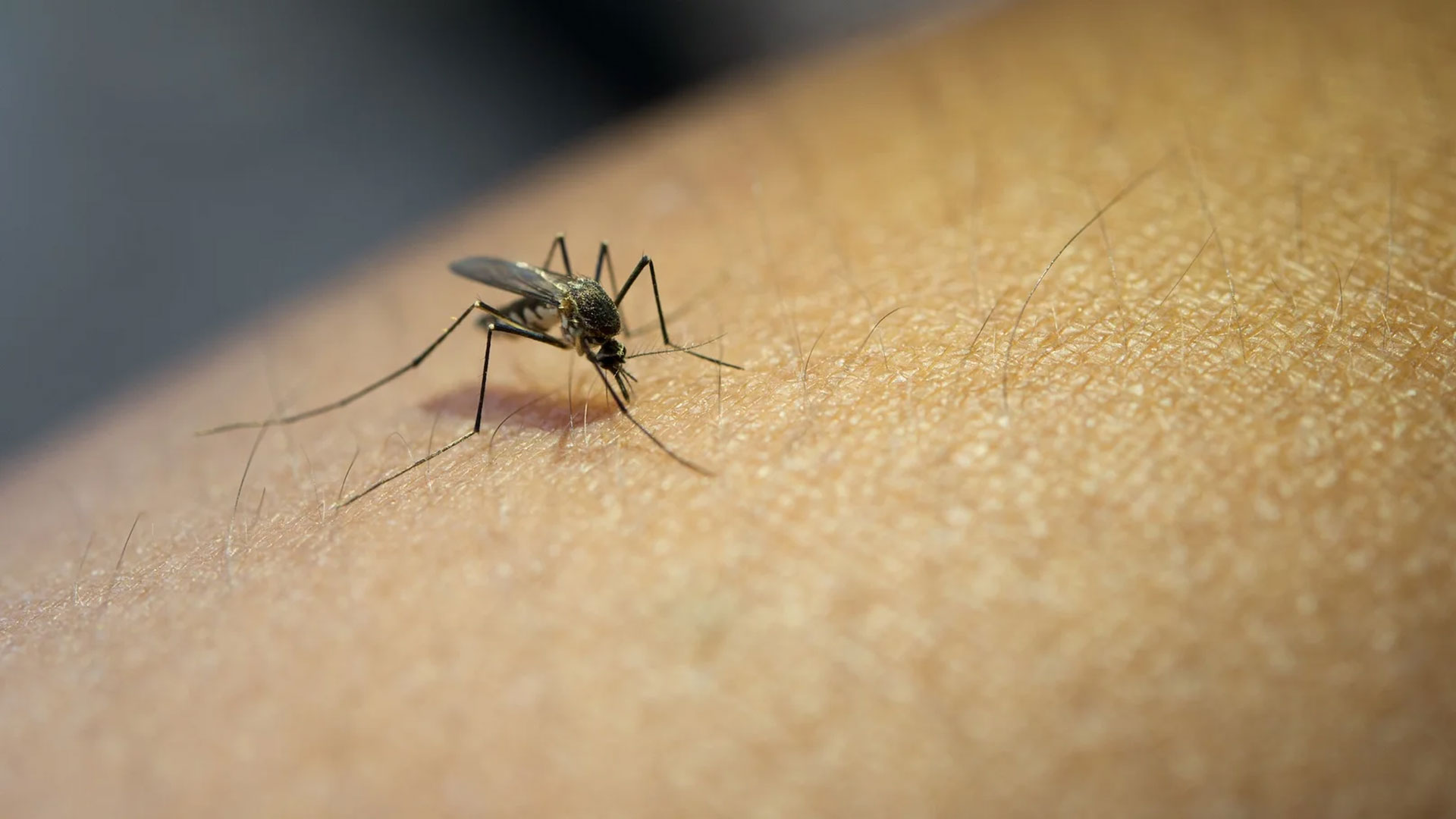
Androgenic alopecia
Androgenic alopecia comes as a heritage through parental genes. The X chromosome is the carrier of the related gene. While women should own two responsible genes on both chromosomes, men having only one responsible gene suffer from this condition. It is the most common cause, up to 95%, of male pattern baldness.
Male pattern baldness has a distinct shape; a receding hairline which progresses around the crown of the head and leaves this area hairless and eventually the whole head when there is a narrow line of hair above ears circulating to the back of the head. In this pattern, hair follicles are exaggeratedly sensitive to a hormone called dihydrotestosterone (DHT) which makes them smaller, and, as a result, the growing hair tend to be finer, thinner, and shorter and eventually invisible.
Alopecia areata
Alopecia areata is a post-trauma condition which manifests after a traumatic event or shock, or in relation with internal diseases. This problem is often solved spontaneously or by drug help. In rare cases, it permanently stays which should be treated with medical procedures such as hair transplant.
Cicatricial alopecia
Usually, accidental or infectious wounds result in cicatricial alopecia; an irreversible and permanent cause of hair loss.
Immunologic disorders such as discoid lupus erythematosus (DLE) and morphea can cause cicatricial alopecia as well.
Chronic deliberating diseases
Acute physical or emotional trauma
Certain medications such as:
- Blood thinners
- Drugs for arthritis
- Retinoids for acne treatment
- Anabolic steroids
- Antidepressants
- Preoperative evaluation and planning
- Harvesting
- Planting
After harvesting, the surgeon uses small microblades or very fine needles to puncture the sites designated for the follicular planting on the recipient scalp and placing the harvested follicles at a predetermined density and pattern. This time-consuming step can be performed in either single or multiple steps and it is mostly done by the technicians.
Expected outcomes
FUE gives very natural results and there is no linear incision or scar on the back of the head. Any post-operative pain or discomfort is unusual, and recovery takes less than 7 days.














